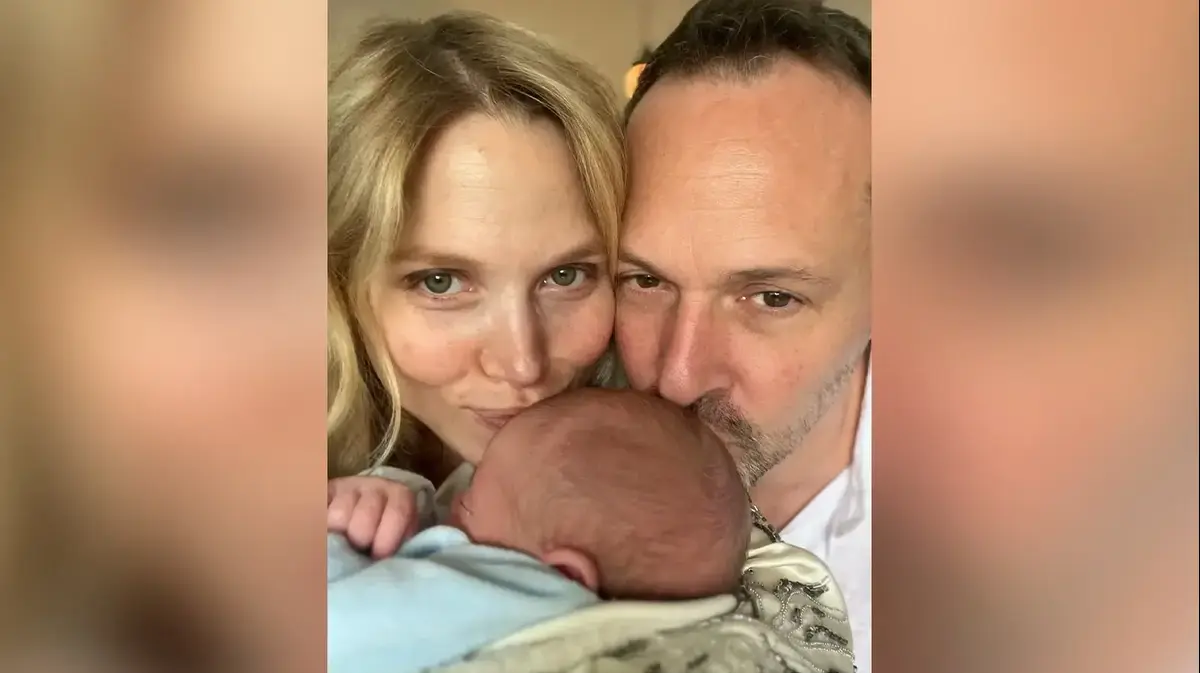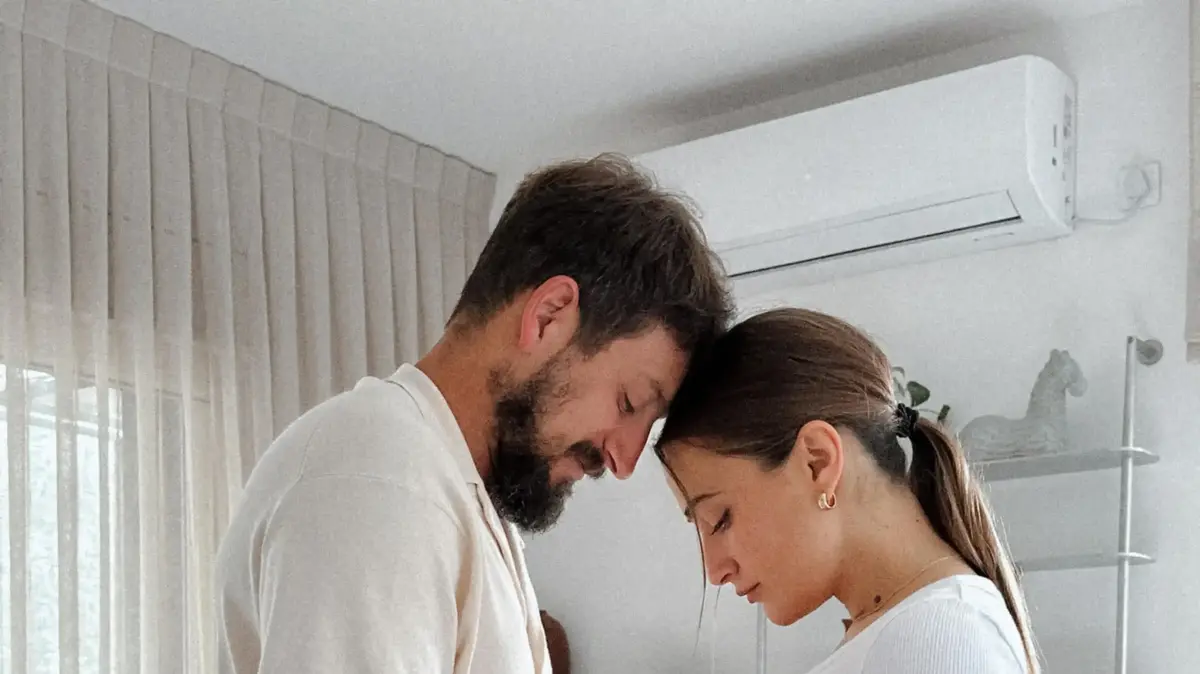Does the baby jump in a panic?
Meet the Moro reflex
This way you can allow your baby to experience the important reflex in a controlled manner and with minimal panic
Daniel Saranetsky, in collaboration with JAMA
25/09/2022
Sunday, September 25, 2022, 06:22 Updated: 07:14
Share on Facebook
Share on WhatsApp
Share on Twitter
Share by email
Share in general
Comments
Comments
Many parents get stressed when they see their baby jumping, sometimes in their sleep, in the first days and weeks after birth.
Shiron Alter, instructor and baby development diagnostician, wants to reassure: this is a very legitimate and natural phenomenon called the Moro reflex.
The reflex, also known as the startle reflex, develops already in the womb and continues even after birth.
If a loud noise is activated, the baby changes position, the temperature changes, a strong light disturbs him and of course a feeling of pain like gas - the reflex is activated.
The reflex signs are dilated pupils (which you will notice when awake), arms outstretched to the sides, a large straightening followed by bending.
It is important for babies to have a Moro reflex, but it is just as important that it is realized from a safe place, so that it will slowly be released and in its place reflexes of balance will appear around the age of 3-4 months.
If the Moro reflex does not give way to them, a motor-sensory developmental delay may occur.
How can a baby be helped to experience a moro reflex with a minimum of panic?
Position, movement and touch
The more the baby is in a bent position such as in the cradle position or lying on the stomach, the less it is exposed to the world, and therefore all the loud noises and lights are less frightening.
The more you expose your baby to movement, the more easily the touch reflex will materialize.
Stimulation and support
It is recommended to expose the baby to the reflex from a very safe place, to slowly make the reactions voluntary.
How will you do it?
Using a quick transition between the positions of your carrying him, gently rolling between positions and putting the baby's hand inside the cradle.
It is important that the baby's head is supported by your arm during the various transitions and make sure that it does not move.
Moderate exposure
If you are carrying the baby in a cloth carrier, raise the carrier a little so that the baby "falls" a little and gently, while it is still wrapped close to you.
Combine patting, squeezing and rubbing to get him used to the movement.
A baby sleeps on his back with a pacifier (Photo: ShutterStock)
The Jama application was established with the aim of responding to mothers of babies between the ages of birth and three, and to gather for them content, activities, tips from experts and videos that will accompany them throughout this challenging period.
All the content in the application "grows" together with the baby and is precisely adapted to the stages of his development, so that the mothers receive only what is relevant to them and interests them at any given moment.
The Jama app is the place for mothers in Israel to meet and get to know other mothers around them, and to create new and exciting friendships in the fascinating journey.
Search us on Google: https://app.jama.co.il/
health
New parents
Tags
Children
parents








